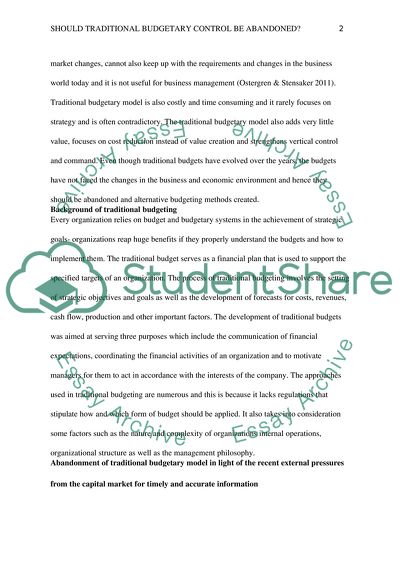Cite this document
(Should the traditional budgetary model be abandoned as suggested above Essay, n.d.)
Should the traditional budgetary model be abandoned as suggested above Essay. https://studentshare.org/finance-accounting/1852876-should-the-traditional-budgetary-model-be-abandoned-as-suggested-above
Should the traditional budgetary model be abandoned as suggested above Essay. https://studentshare.org/finance-accounting/1852876-should-the-traditional-budgetary-model-be-abandoned-as-suggested-above
(Should the Traditional Budgetary Model Be Abandoned As Suggested above Essay)
Should the Traditional Budgetary Model Be Abandoned As Suggested above Essay. https://studentshare.org/finance-accounting/1852876-should-the-traditional-budgetary-model-be-abandoned-as-suggested-above.
Should the Traditional Budgetary Model Be Abandoned As Suggested above Essay. https://studentshare.org/finance-accounting/1852876-should-the-traditional-budgetary-model-be-abandoned-as-suggested-above.
“Should the Traditional Budgetary Model Be Abandoned As Suggested above Essay”. https://studentshare.org/finance-accounting/1852876-should-the-traditional-budgetary-model-be-abandoned-as-suggested-above.


